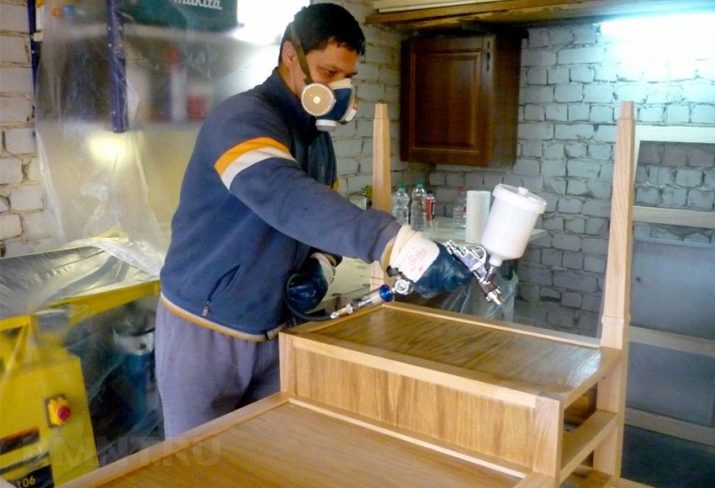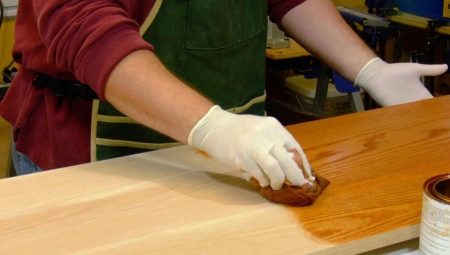Knowing everything about the profession of a painter in wood is very important. Many people believe that he only "drives with a brush" - but this is fundamentally not so. It's time to dispel many misconceptions and find out how things are in reality.
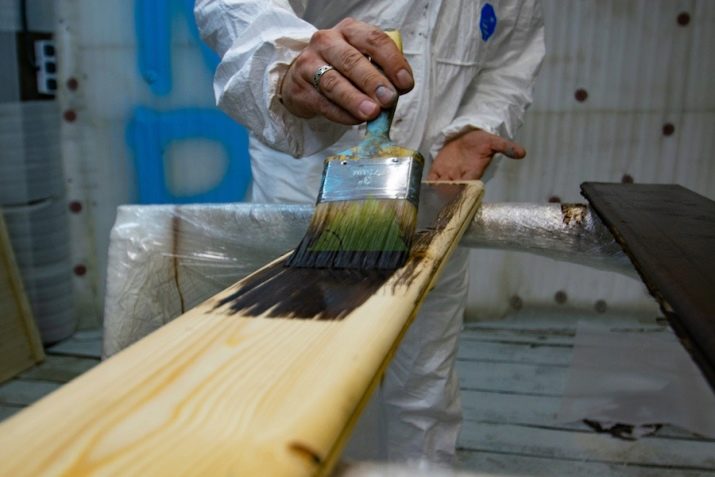
Features
From the very beginning it’s worth saying that A wood painter doesn’t just decorate the surface. A special paint coat reliably protects it from many mechanical damage. Various paints can also guarantee resistance to moisture, high and low temperatures. But they must be applied correctly so as not to spend too much and achieve a decent result.
Therefore, you need to know at least at a basic level chemistry and physics.
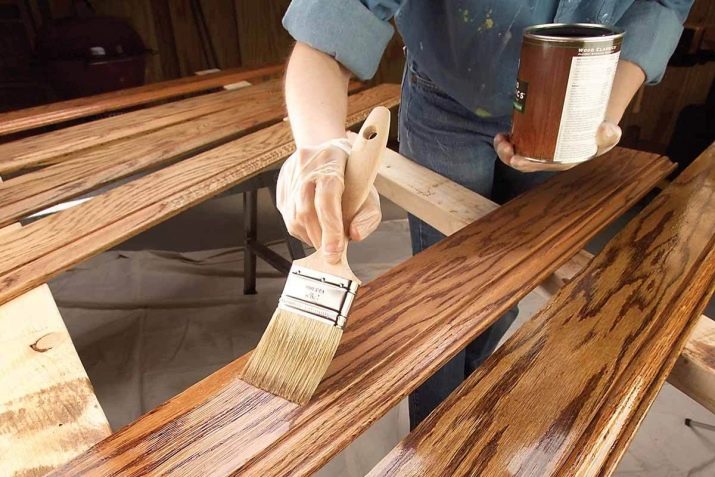
In addition, you have to work with various types of wood and with materials derived from it, such as MDF. Painters should also have an artistic taste, aesthetic feeling. Finally, endurance, mental stamina, and the ability to carry out painstaking, monotonous work are relevant for them. And because of the frequent work in teams, sociability is important. It is often asked whether the profession of a painter is harmful or not.
The risks are really great:
direct toxicity of a number of components of paints and solvents;
the likelihood of allergic reactions;
systematic work at height;
danger of chemical burns;
increased risk of electric shock.
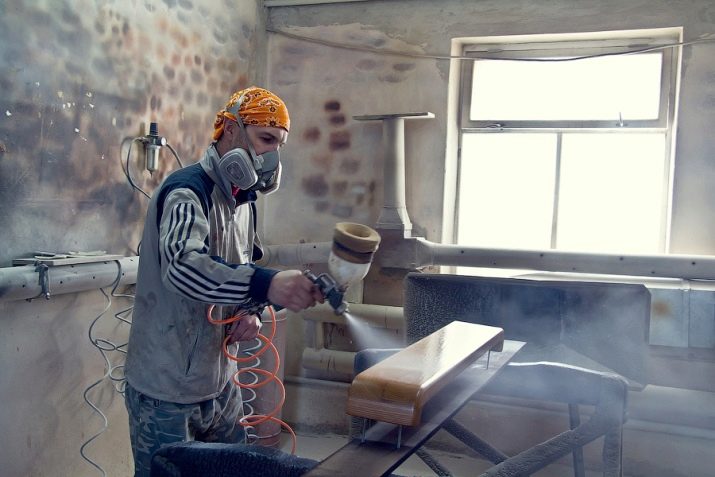
But these negative aspects can be significantly weakened by correct behavior at work, wearing personal protective equipment and competent organization. In addition, the profession of a house painter:
widely in demand;
relevant in any regions of our country;
relatively well paid;
allows you to find work both in the organization and in private practice mode;
allows, if necessary, to work even abroad.
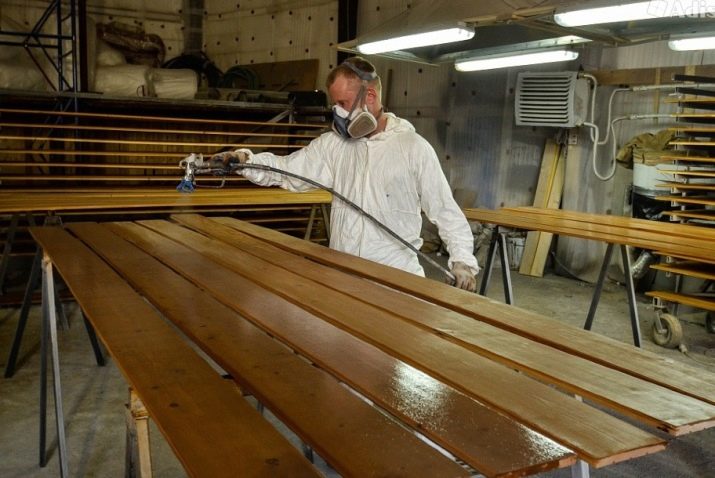
Responsibilities
Typical job descriptions for painters indicate that they are required to:
- prepare surfaces for painting and carry out painting work themselves;
if necessary, remove old paint;
apply drawings and inscriptions with stencils, including in multi-color version;
treat surfaces with sprayers and corrosion inhibitors;
control the air supply to the spray units;
prepare the simplest stencils;
mix paints and prepare them for work;
tint;
tidy up the workplace.
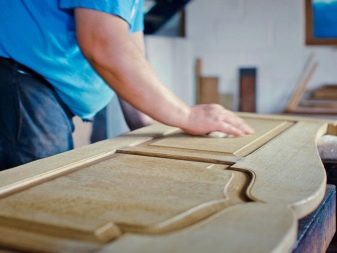
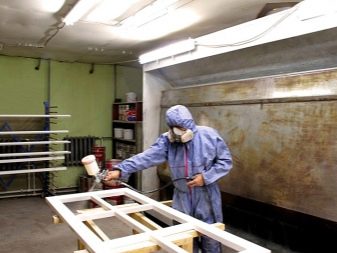
Training
Practically all painters prepare secondary special educational institutions of our country and even neighboring countries. The education program in them is more or less the same. But it’s better to focus on organizations whose graduates find work easier. These include:
Construction College №12 (Moscow);
College of Construction Industry and Urban Economics in St. Petersburg;
Construction College named after Momot (Murmansk);
College of Architecture and Construction in Krasnodar;
October Civil Engineering College (Ufa).

Place of work
Although it’s quite difficult to work as a house painter, this profession is very diverse. Its representatives naturally find their place in construction and repair organizations. But no less often they can be found in industry, in agricultural, transport and energy facilities. After all, manufactured products and machine tools, warehouses and combines, vehicles and various boilers, pipelines have to be systematically painted. A separate sphere of application of their forces by painters is management companies.
And some people even manage to open their own company, although this rarely happens today.
